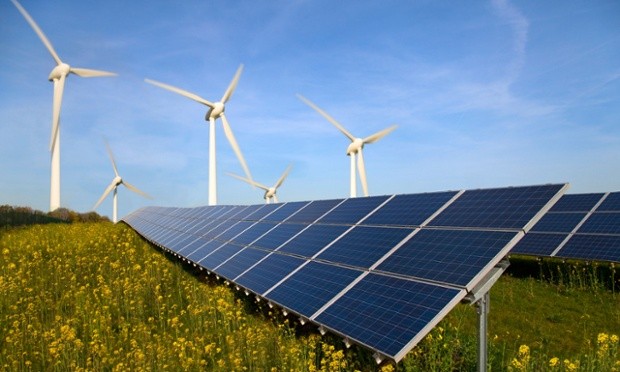As the world continues to grapple with the effects of climate change and the urgent need to reduce greenhouse gas emissions, renewable energy sources have emerged as a crucial component of a sustainable and resilient energy infrastructure. Among these, hybrid solar and wind power systems have gained significant attention for their potential to provide reliable, clean, and cost-effective energy solutions. By combining the strengths of both solar and wind power, these hybrid systems are poised to play a key role in the transition towards a more sustainable energy future.
One of the primary advantages of hybrid solar and wind power systems is their ability to overcome the intermittent nature of renewable energy sources. Solar power generation is dependent on sunlight, while wind power relies on the presence of wind. As a result, the output of these systems can fluctuate significantly throughout the day and across different seasons. By integrating solar and wind power generation, hybrid systems can mitigate these fluctuations and provide a more stable and consistent energy supply. This is particularly important for grid stability and the integration of renewable energy into existing power networks.
Moreover, hybrid solar and wind power systems can maximize the utilization of available resources and increase overall energy generation. In many regions, solar and wind resources are complementary, with solar power generation peaking during the day and wind power generation peaking at night or during different seasons. By harnessing both resources, hybrid systems can achieve higher energy output and efficiency compared to standalone solar or wind power installations. This can help to reduce the overall cost of renewable energy and accelerate its adoption in various applications, from residential and commercial buildings to remote off-grid communities and industrial facilities.
Another key benefit of hybrid solar and wind power systems is their potential to reduce the environmental impact of energy generation. By replacing fossil fuel-based power plants with clean, renewable energy sources, these systems can significantly reduce greenhouse gas emissions and air pollution. Additionally, hybrid systems can minimize land use and the associated environmental impacts, as solar panels and wind turbines can often be installed on the same site or in close proximity to each other. This can be particularly advantageous in densely populated areas or regions with limited land availability for large-scale renewable energy installations.
Furthermore, advances in energy storage technologies have made it increasingly feasible to integrate hybrid solar and wind power systems with battery storage solutions. This can further enhance the reliability and flexibility of these systems, allowing them to store excess energy during periods of high generation and release it during periods of low generation or peak demand. In turn, this can help to improve grid stability, reduce the need for backup power plants, and enable greater integration of renewable energy into the energy mix.
In conclusion, hybrid solar and wind power systems represent a promising solution for a more resilient and sustainable energy infrastructure. By combining the strengths of both solar and wind power, these systems can overcome the challenges of intermittency, maximize resource utilization, and reduce the environmental impact of energy generation. As the world continues to transition towards a low-carbon future, the development and deployment of hybrid solar and wind power systems will be a key component in achieving a cleaner, more reliable, and cost-effective energy supply for all.


